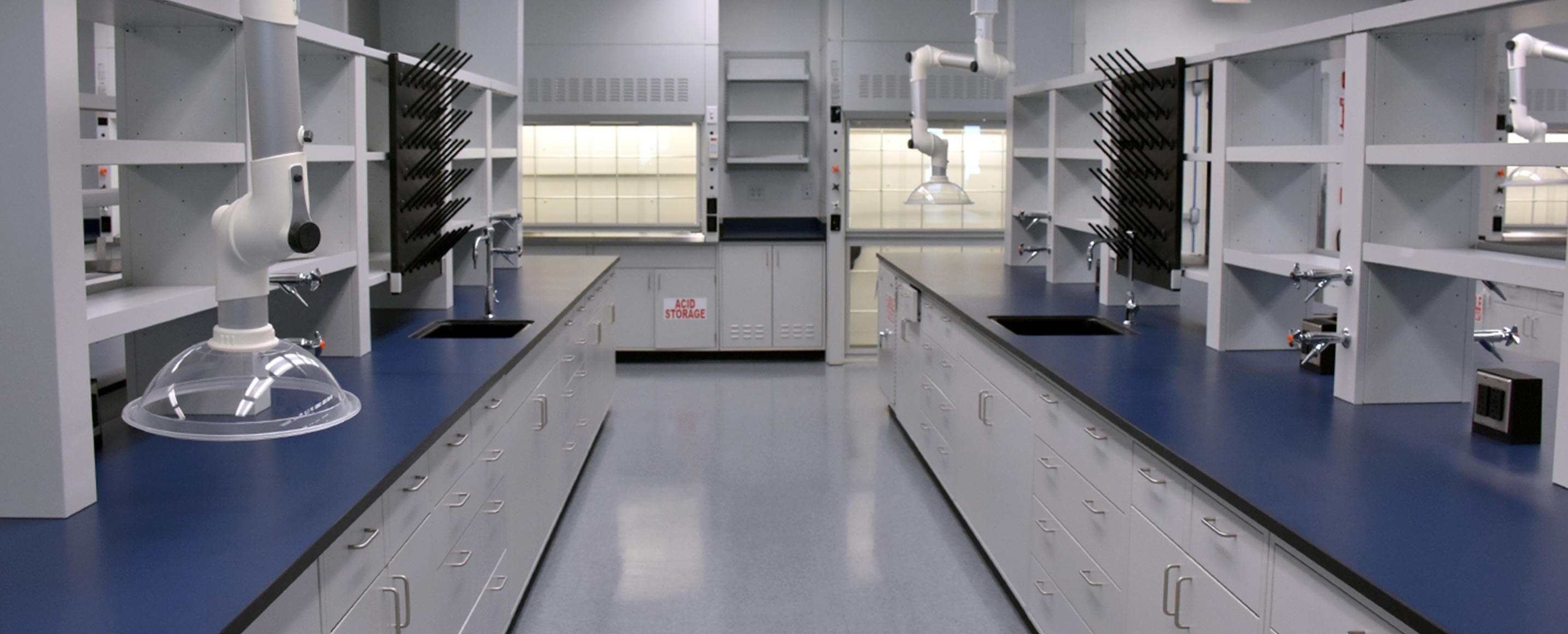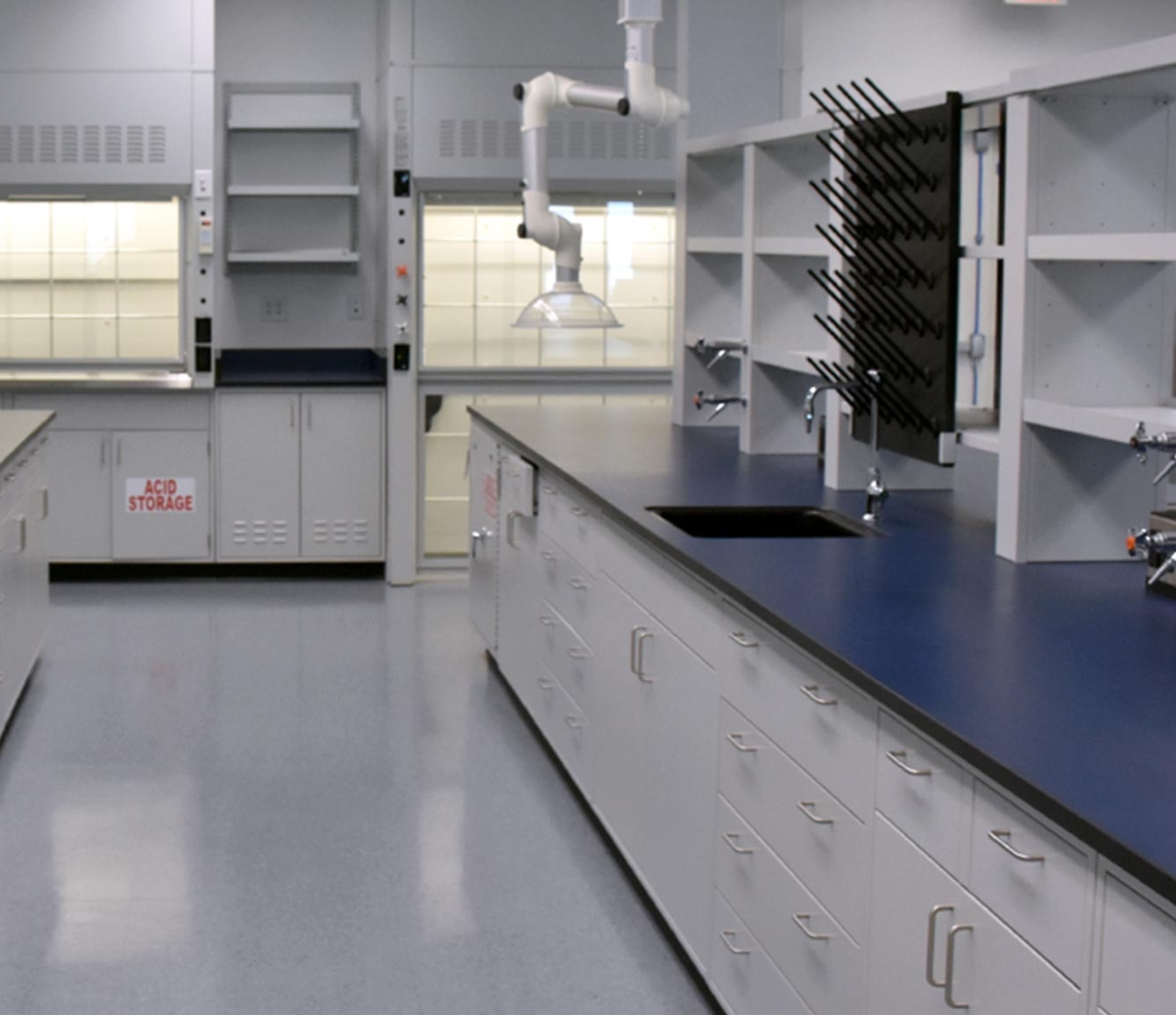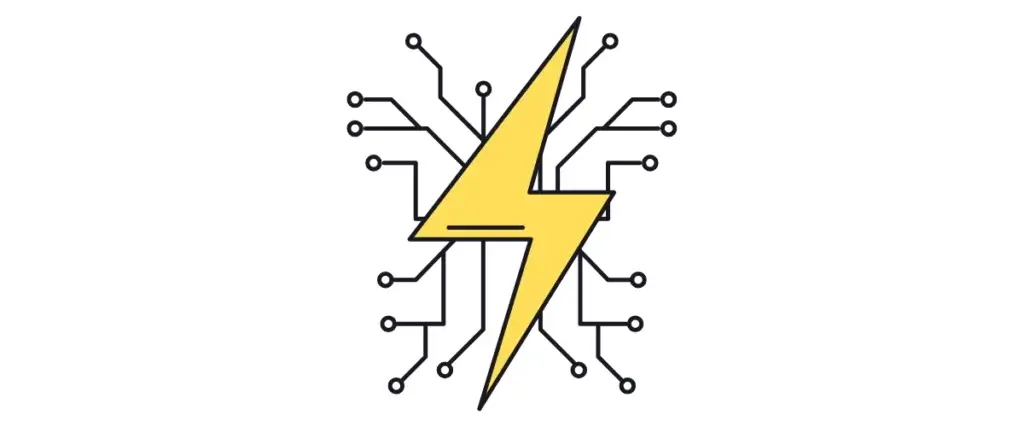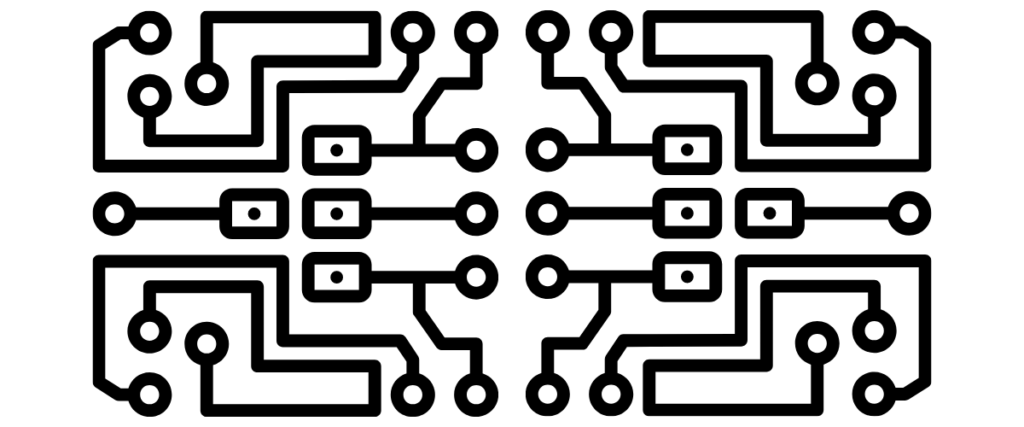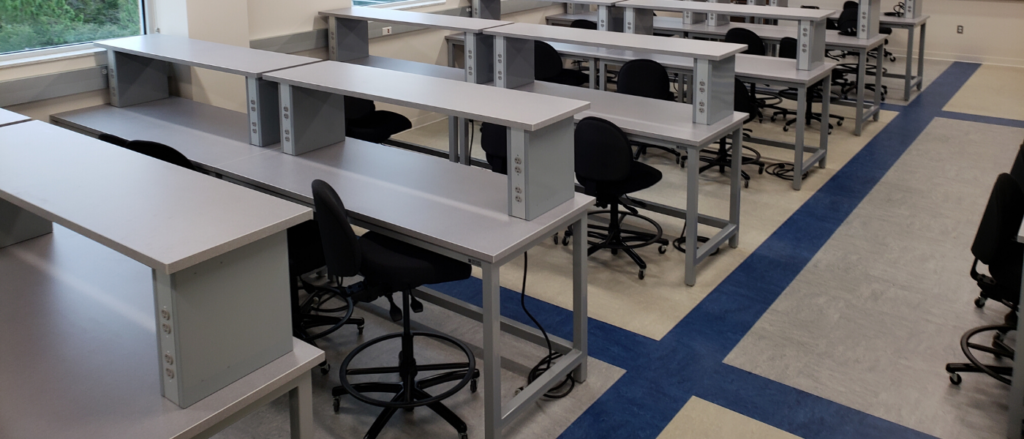Designing an Electronics Laboratory —Spaces that handle electronics and electronic engineering require a laboratory that not only demands critical planning from layout flexibility and optimization and safety regulations but also encompasses the appropriate furniture, equipment, and more. In today’s blog, we will discuss a general walkthrough designing an electronics laboratory correctly. Step 1: Layout, Layout,
Read More


